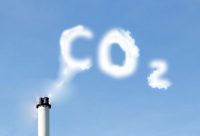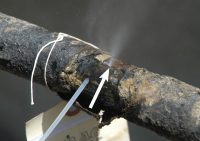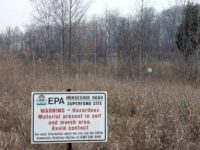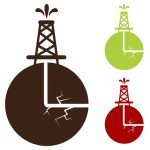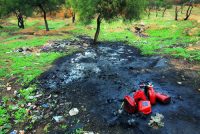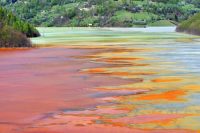Nudging Your Supply Chain to Lower GHG Emissions
According to the U.S. Environmental Protection Agency (EPA), supply chains often account for more than 75 percent of an organization’s GHG emissions, when taking into account their overall climate impacts. In its Corporate Climate Leadership Program, the Agency offers some tips on how to engage your supply chain to reduce GHG emissions. Start Small It […]

